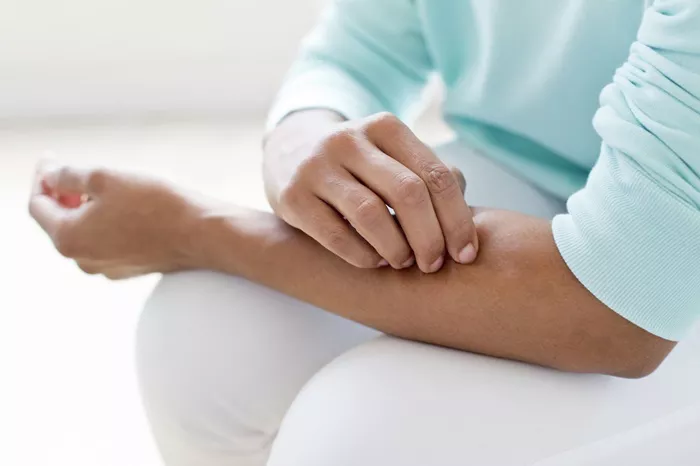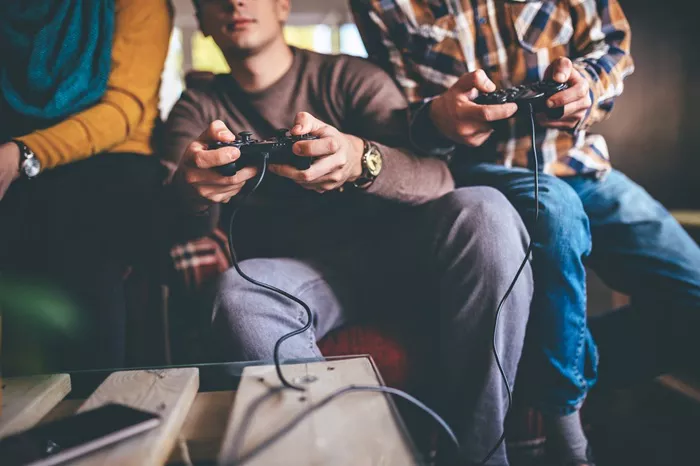Skin picking, also known as dermatillomania or excoriation disorder, is a condition characterized by repetitive, compulsive picking, scratching, or digging into the skin. This behavior can result in significant physical damage and emotional distress. Despite its prevalence, skin picking disorder is often misunderstood and stigmatized, leading to challenges in diagnosis and treatment. This article aims to provide an in-depth exploration of the mental illness associated with skin picking, including its causes, symptoms, and treatment options.
What is Skin Picking Disorder?
Skin picking disorder is a mental health condition classified under the category of obsessive-compulsive and related disorders in the Diagnostic and Statistical Manual of Mental Disorders (DSM-5). It involves recurrent skin picking that leads to skin lesions and significant distress or impairment in social, occupational, or other areas of functioning. Individuals with this disorder often spend a considerable amount of time each day engaged in picking behaviors, which can cause considerable harm to their skin and overall well-being.
Symptoms and Characteristics
The primary symptom of skin picking disorder is the recurrent picking of one’s skin, leading to visible skin damage. Other symptoms and characteristics may include:
Frequency and Duration: Individuals may spend several hours a day picking their skin.
Areas of the Body: Commonly targeted areas include the face, arms, hands, and scalp, but picking can occur on any part of the body.
Triggers: Skin picking may be triggered by various factors, including stress, anxiety, boredom, or the presence of perceived imperfections in the skin.
Behavior Patterns: Picking can be either focused, where the individual is consciously aware of the behavior, or automatic, occurring without conscious awareness.
Emotional Response: Feelings of shame, guilt, or embarrassment often accompany the behavior, leading individuals to hide the affected areas or avoid social situations.
Causes of Skin Picking Disorder
The exact cause of skin picking disorder is not fully understood, but research suggests a combination of genetic, biological, psychological, and environmental factors may contribute to its development.
Genetic Factors: Family studies indicate that skin picking disorder may have a genetic component, with individuals having a family history of obsessive-compulsive disorder (OCD) or related conditions being more susceptible.
Biological Factors: Neurobiological factors, including abnormalities in brain structure and function, particularly in areas related to impulse control and emotion regulation, may play a role in the disorder.
Psychological Factors: Psychological factors such as stress, anxiety, and trauma can trigger or exacerbate skin picking behaviors. Additionally, individuals with perfectionistic tendencies or those who have difficulty managing negative emotions may be more prone to developing the disorder.
Environmental Factors: Environmental influences, such as childhood experiences, family dynamics, and learned behaviors, can contribute to the onset and maintenance of skin picking disorder.
Related Mental Health Conditions
Skin picking disorder often co-occurs with other mental health conditions, which can complicate its presentation and treatment. Some of the most common comorbid conditions include:
Obsessive-Compulsive Disorder (OCD): Skin picking disorder shares similarities with OCD, including repetitive behaviors and an inability to control the urge to engage in these behaviors.
Body Dysmorphic Disorder (BDD): Individuals with BDD have an excessive preoccupation with perceived flaws in their appearance, which can lead to skin picking as a means of attempting to “fix” these flaws.
Anxiety Disorders: Anxiety can exacerbate skin picking behaviors, with individuals using picking as a coping mechanism to manage their anxiety.
Depression: Depression is commonly associated with skin picking disorder, with individuals experiencing low self-esteem and feelings of hopelessness that contribute to the behavior.
Substance Use Disorders: Some individuals may engage in skin picking behaviors while under the influence of substances or as a means of coping with substance use issues.
Diagnosis and Assessment
Diagnosing skin picking disorder requires a comprehensive evaluation by a mental health professional. The diagnostic process typically involves:
Clinical Interview: A thorough clinical interview to gather information about the individual’s symptoms, behaviors, and medical and psychiatric history.
Assessment Tools: The use of standardized assessment tools, such as the Skin Picking Scale (SPS) or the Milwaukee Inventory for the Dimensions of Adult Skin Picking (MIDAS), to quantify the severity of the behavior.
Medical Evaluation: A medical evaluation to rule out any underlying medical conditions that could contribute to skin picking behaviors.
Differential Diagnosis: Consideration of other conditions that may present with similar symptoms, such as OCD, BDD, or trichotillomania (hair-pulling disorder).
Treatment Options
Effective treatment for skin picking disorder often involves a combination of therapeutic approaches tailored to the individual’s needs. Some of the most commonly used treatments include:
Cognitive-Behavioral Therapy (CBT): CBT is a well-established treatment for skin picking disorder, focusing on identifying and changing maladaptive thoughts and behaviors. Specific techniques, such as habit reversal training (HRT) and exposure and response prevention (ERP), are commonly used.
Medication: Selective serotonin reuptake inhibitors (SSRIs), a class of antidepressants, are often prescribed to help manage symptoms of skin picking disorder. Other medications, such as antipsychotics or mood stabilizers, may be considered in cases of severe or treatment-resistant symptoms.
Mindfulness-Based Interventions: Mindfulness-based approaches, such as mindfulness-based cognitive therapy (MBCT) or acceptance and commitment therapy (ACT), can help individuals develop greater awareness of their picking behaviors and learn to manage urges without acting on them.
Support Groups: Participation in support groups, either in-person or online, can provide individuals with a sense of community and shared experiences, reducing feelings of isolation and stigma.
Dermatological Care: Collaboration with a dermatologist can be beneficial for addressing the physical damage caused by skin picking and developing strategies to manage skin health.
Living with Skin Picking Disorder: Coping Strategies
Living with skin picking disorder can be challenging, but adopting effective coping strategies can help individuals manage their symptoms and improve their quality of life. Some practical coping strategies include:
Identifying Triggers: Keeping a journal to track picking episodes and identify potential triggers can help individuals develop strategies to avoid or manage these triggers.
Developing Alternative Behaviors: Engaging in alternative behaviors, such as squeezing a stress ball or engaging in a hobby, can help redirect the urge to pick.
Creating a Supportive Environment: Modifying the environment to reduce access to picking tools (e.g., mirrors, tweezers) and creating a calming space can help minimize picking behaviors.
Practicing Self-Care: Prioritizing self-care activities, such as exercise, adequate sleep, and healthy eating, can support overall mental and physical well-being.
Seeking Professional Help: Working with a mental health professional can provide individuals with the tools and support needed to manage their symptoms effectively.
Conclusion: Breaking the Cycle of Skin Picking
Skin picking disorder is a complex and often misunderstood condition that requires a comprehensive and compassionate approach to treatment. By understanding the underlying causes, recognizing the associated symptoms, and exploring effective treatment options, individuals with skin picking disorder can find relief and improve their quality of life. It is essential to approach the topic with empathy and reduce the stigma associated with the condition, fostering an environment where individuals feel supported in their journey toward recovery. Through awareness, education, and access to appropriate care, we can help those affected by skin picking disorder break the cycle and achieve lasting well-being.
[inline_related_posts title=”You Might Be Interested In” title_align=”left” style=”list” number=”6″ align=”none” ids=”8859,8855,8851″ by=”categories” orderby=”rand” order=”DESC” hide_thumb=”no” thumb_right=”no” views=”no” date=”yes” grid_columns=”2″ post_type=”” tax=””]
































